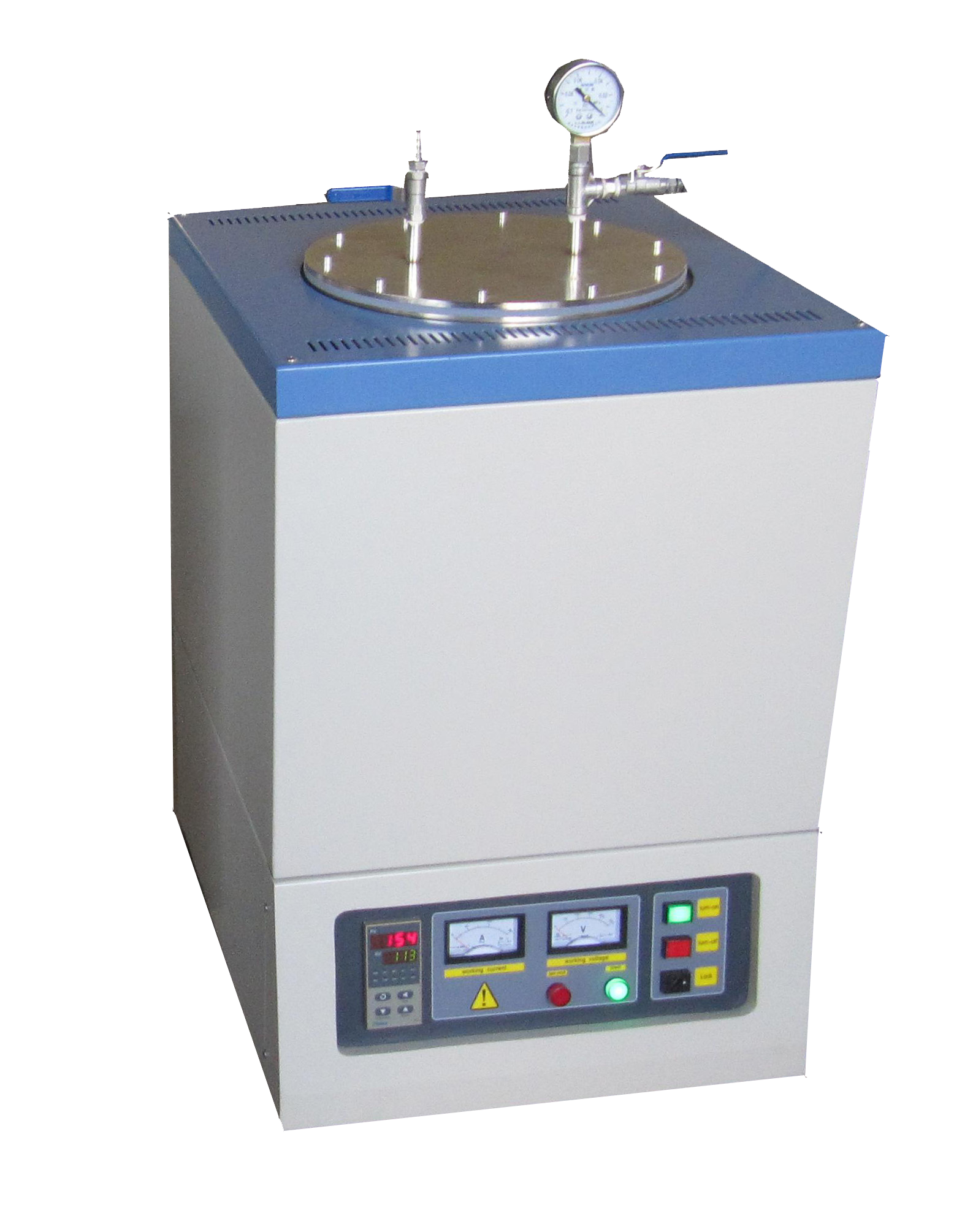


NEWS
As a commonly used equipment for heat treatment melting or sintering of metals, powders, glass, etc., the well type crucible furnace is highly favored by universities and industrial and mining enterprises. So, what should be noted when choosing a well type high-temperature crucible furnace? Let's take a look below!

A commonly used upward opening well crucible furnace (click on the picture to view product details)
1. Core parameter selection
temperature range
Below 1200 ℃: Use resistance wire (such as iron chromium aluminum alloy wire), suitable for melting low melting point metals such as copper and aluminum.
Below 1400 ℃: using silicon carbon rods, suitable for ceramic sintering, metal annealing and other processes.
Below 1700 ℃: Use silicon molybdenum rods to meet the high melting point requirements of high-temperature alloys, rare earth materials, etc.
Special requirements: If higher temperatures (such as 1800 ℃) are required, customized graphite heating elements or vacuum environments are needed.
Furnace size and volume
Choose according to the sample size to avoid energy waste caused by excessive size. For example:
Laboratory small-scale experiment: Φ 200 × 200mm furnace.
Industrial mass production: furnaces with a diameter of over 600 × 500mm.
The furnace material is recommended to be alumina polycrystalline fiber, which has advantages such as good insulation performance, fast heating, and energy saving.
precision
Prioritize PID intelligent control with a temperature control accuracy of ± 1 ℃ to ensure experimental repeatability.
The multi-stage program temperature control function supports complex processes (such as temperature rise insulation cooling curve setting).
2. Key functional configuration
safety protection system
Essential functions: Over temperature protection, leakage protection, couple breaking protection, overcurrent protection.
Upgrade options: Furnace door travel switch (automatic power-off upon opening), independent over temperature alarm system.
Atmosphere control ability (optional)
Inert gas protection (nitrogen/argon): prevents oxidation of high-purity materials.
Vacuum environment: suitable for semiconductor chip diffusion and active metal melting.
Reductive gas (hydrogen): Explosion proof design and gas flow control device are required.
Mixing function (optional)
Electric stirring rods can improve the uniformity of heat treatment for liquid or powder materials, making them suitable for high-precision experiments.
3. Structural and design optimization
Double layered shell structure
The outer layer is treated with cold-rolled steel plate spray coating, and the inner layer is made of refractory material (such as high-purity alumina ceramic fiber).
Double layered air cooling system with surface temperature ≤ 50 ℃ to reduce the risk of burns.
Advantages of Vertical Structure Design
Space saving, suitable for vertical heating of long axis workpieces such as bearings and gears, reducing deformation.
The crucible can be replaced and adapted to different materials such as graphite, quartz, alumina, etc., allowing for flexible handling of diverse materials.
4. Cost effectiveness optimization suggestions
Laboratory Scene
Budget limited: Choose a 1200 ℃ resistance wire heating furnace to meet basic melting needs.
High precision requirement: Invest in a 1700 ℃ silicon molybdenum rod furnace equipped with atmosphere control and stirring functions.
Industrial scene
Mass production: Customized large volume furnace with silicon carbon rod heating to balance cost and efficiency.
Energy saving requirement: Prioritize alumina fiber furnace, saving more than 30% energy compared to traditional refractory bricks.
5. Typical application cases
Metal Melting
A university laboratory successfully melted titanium alloy using a 1400 ℃ silicon carbide rod furnace, with a temperature field uniformity of ± 5 ℃.
Ceramic sintering
A certain enterprise uses a 1600 ℃ vacuum well furnace to sinter silicon nitride ceramics, achieving a density of 99.2%.
Semiconductor Process
A certain research institute used a 1700 ℃ atmosphere controlled furnace to diffuse silicon chips in an argon environment, reducing the defect rate to 0.1%.
Overall, as a commonly used electric heating and heat treatment equipment in the heat treatment industry, the well type high-temperature crucible furnace has a wide range of applications. Before choosing, it is necessary to communicate the parameters with relevant technical personnel in order to customize a more suitable well type high-temperature crucible furnace for oneself!Click to learn more Customized muffle furnaces! Or click on online customer service to learn more about product information!
Leave A Message